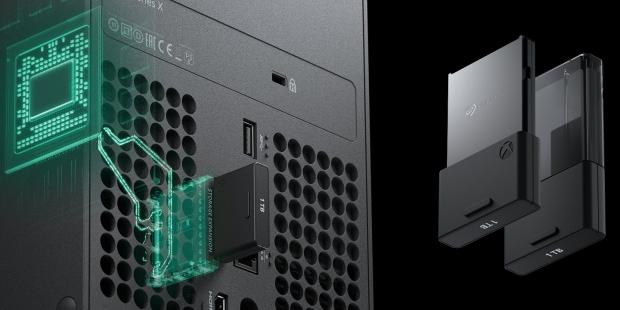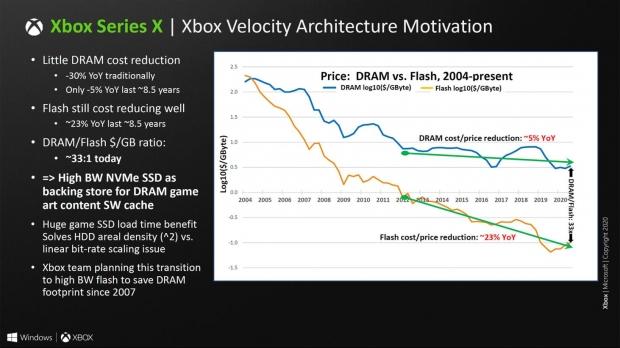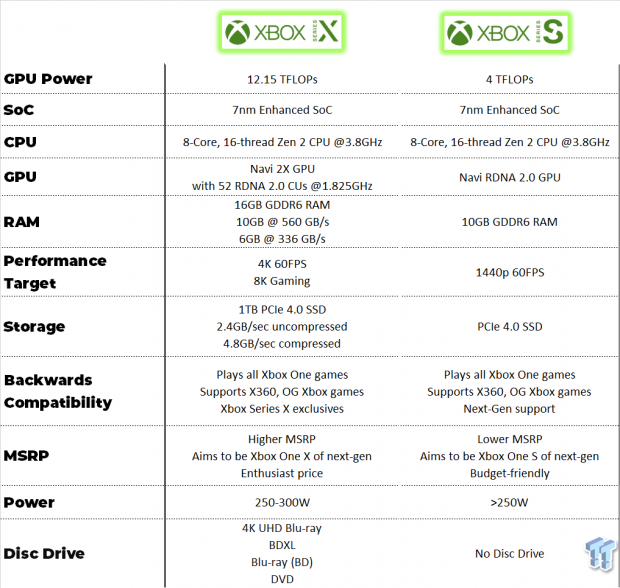The Xbox Series X represents a natural evolution in console hardware and planning, and its built-in SSD was planned as far back as 2007.

In 2007, just years after the Xbox 360 was release, Microsoft planned to switch to SSD flash memory to help reduce rising DRAM costs and supercharge data pipelines. In a recent Hot Chips presentation slide, Microsoft highlighted how the Xbox Series X's proprietary PCIe 4.0 SSD CFExpress flash memory is fruition of seeds sown 13 years ago.
The idea is that Microsoft wanted to use high-bandwidth NVMe flash memory as a backup, or a buffer/cache to hold high-resolution assets and data, to help offset a smaller DRAM footprint. This allows Microsoft to spend less on DRAM (which is 33x more expensive as flash) without losing performance.
This motivation was the entire reason why the Xbox team created the Velocity Architecture. They wanted to save money by using less DRAM, and use high-speed flash storage to help pick up the slack.

This wasn't really possible before insofar as production prices--flash memory costs have decreased 23% in the last 8 years--and performance standpoints. The flash memory had to match up well with DRAM speeds in order to work the way Microsoft planned.
Now that PCIe 4.0 x4 NVMe M.2 drives can hit blistering speeds--the Xbox Series X's SSD is 100x faster than the Xbox One, and hits up to 4.8GB/sec transfers of compressed memory--Microsoft felt the time was right.
Read Also: 7nm SoC production cost drives up Xbox Series X console price
This plan will manifest with the next Xbox console and completely revolutionize how games are made and played.
The Xbox Series X's super-fast SSD will communicate with the SoC's dedicated compression block to compress/decompress data, and will hold assets in an onboard cache, which are then blasted through the Velocity Architecture data pipeline right to the 16GB GDDR6 DRAM. The DRAM sends the data and assets to the CPU for processing and the GPU for on-screen rendering.
The result is a highly-optimized and -synergized ecosystem of hardware, architecture, and data processing. The Xbox Series X was literally 13 years in the making, and represents the largest evolution of Xbox console hardware to date.



